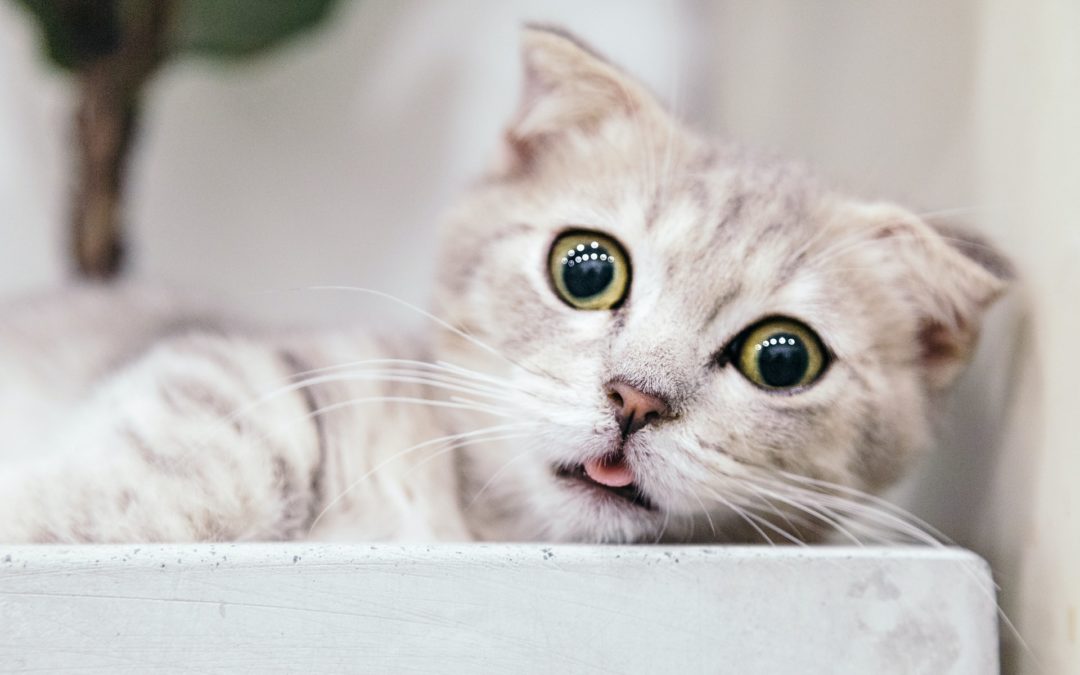Your cat’s ears may be able to pick up the sound of a bag of treats being opened across the house, but they could still use a little help staying clean. Monitoring your kitty’s ears once per week for wax, debris and infection will help those sensitive sonar detectors stay perky and alert to your every move. Here are a few tips to keep cat ear wax at bay and ensure your felines ears are in tip-top shape.
Outer Ear Check
A healthy feline ear flap, or pinna, has a layer of hair on its outer surface with no bald spots, and its inner surface is clean and light pink. If you see any discharge, redness or swelling, your cat’s ears should be checked by a veterinarian.
Inner Ear Exam
Bring kitty into a quiet room where there are no other pets. Gently fold back each ear and look down into the canal. Healthy inner ears will be pale pink in color, carry no debris or odor and will have minimal if no earwax. If you find that your cat’s ears are caked with wax or you detect an odor, please bring her in for a veterinary exam.
Ear Cleaning 101
Luckily, cat ear wax or debris can easily be mitigated. Place a little bit of liquid ear cleaner (ask your vet for a recommendation) onto a clean cotton ball or piece of gauze. Fold kitty’s ear back gently and wipe away any debris or ear wax that you can see on the underside of her ear. Lift away the dirt and wax rather than rubbing it into the ear. And do not attempt to clean the canal—probing inside of your cat’s ear can cause trauma or infection.
Signs of Ear Problems
Watch for the following signs that may indicate your cat’s ears should be checked by a veterinarian:
- Persistent scratching and pawing of the ear area
- Sensitivity to touch
- Head tilting or shaking
- Loss of balance and disorientation
- Redness or swelling of the ear flap or canal
- Unpleasant odor
- Black or yellowish discharge
- Accumulation of dark brown wax
- Hearing loss
- Bleeding
Know About Cat Ear Disorders
- Ear mites are common parasites that are highly contagious among pets. Telltale signs include excessive itching of the ears and debris that resembles coffee grounds.
- Ear infections are usually caused by bacteria, yeast or foreign debris caught in the ear canal. Treatment should be sought immediately as ear infections can cause considerable discomfort and may indicate allergies, hormonal abnormalities or hereditary disease.
- Blood blisters (hematoma) are the result of blood accumulation in the ear flap. They’re often caused by infection, ear mites, fleas or trapped debris that causes your cat to scratch her ears or shake her head excessively.
How to Administer Ear Drops
If your veterinarian has recommended ear drops for your cat, please ask for his advice on how to properly administer them, and please follow these guidelines:
- Read the label instructions carefully for correct dosage before administering.
- Using a vet-recommended solution, clean the external ear thoroughly with a moist cotton ball or piece of clean gauze.
- Gently pull the ear flap back, squeeze out the correct amount of solution and apply it to the lowest part of the ear canal.
- Gently massage the base of the ear to help work the medication deeper into the canal.
- Administer the full dosage indicated by your vet or the instructions on the bottle. Stopping short of a full dosage may prevent your cat from healing.
- Reward your cat with a treat afterward.

